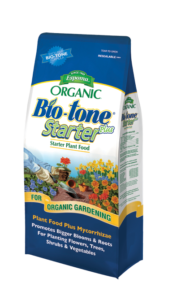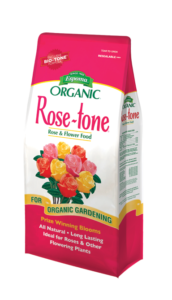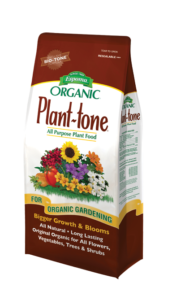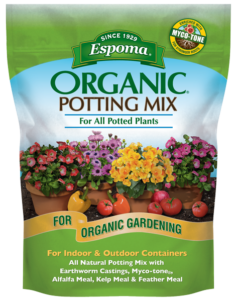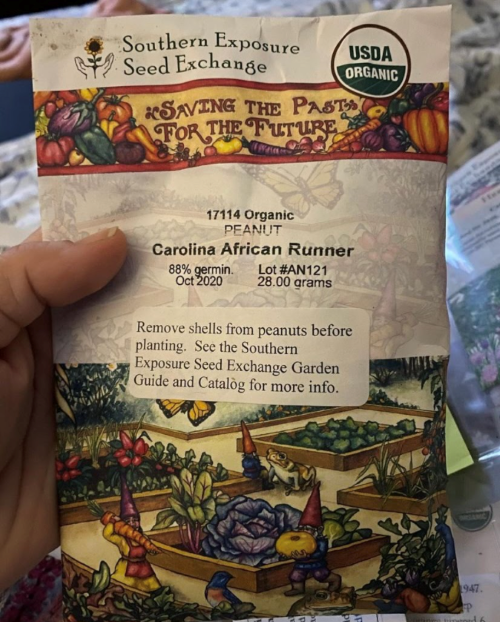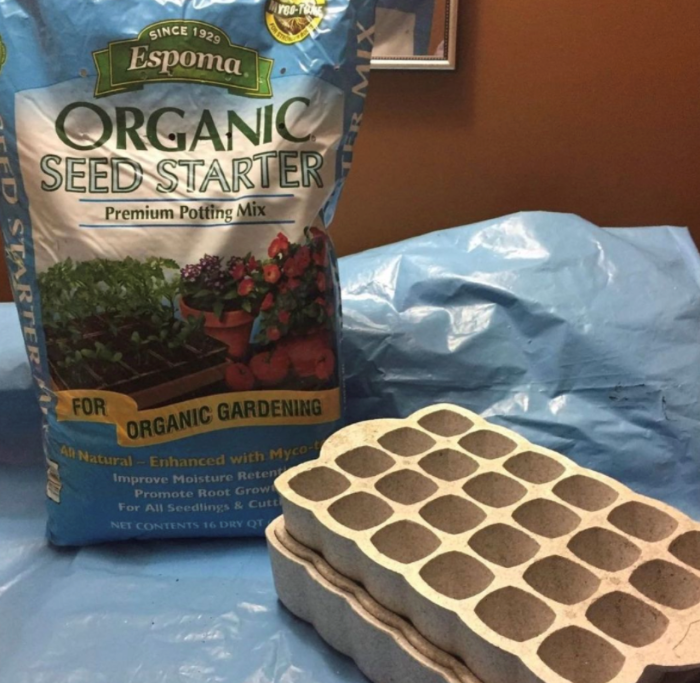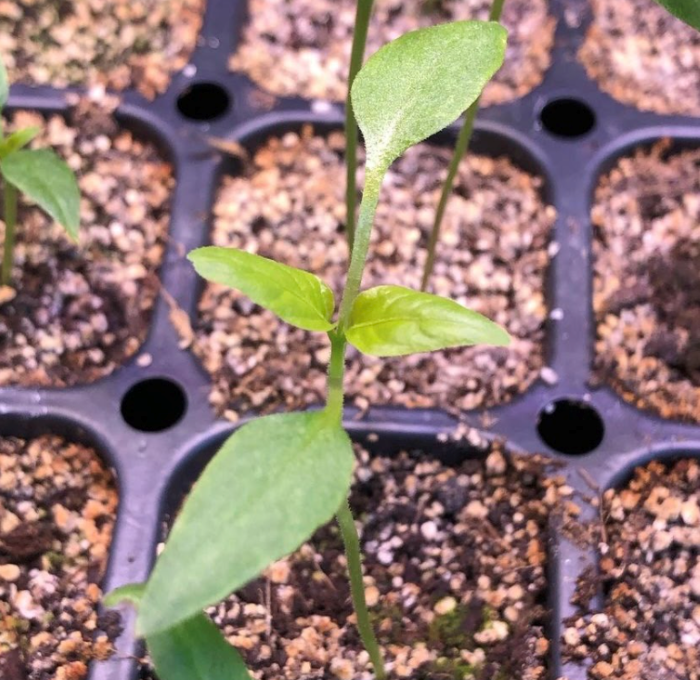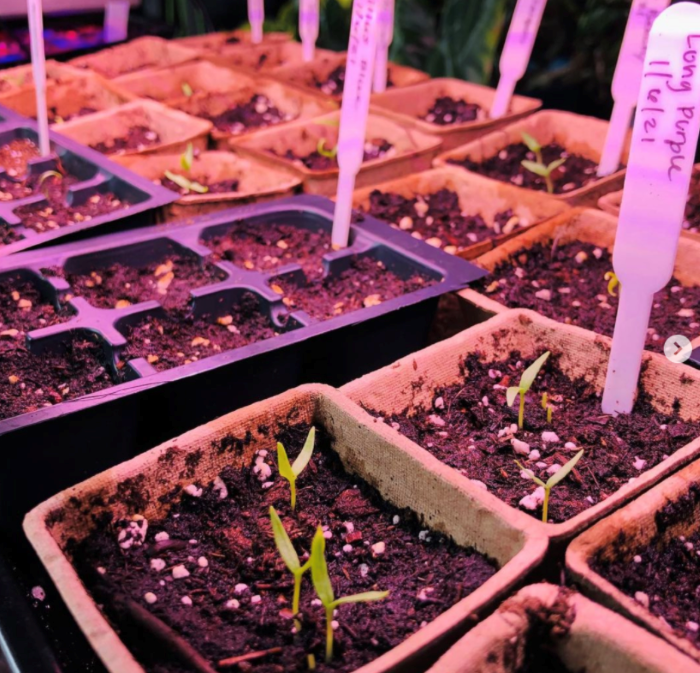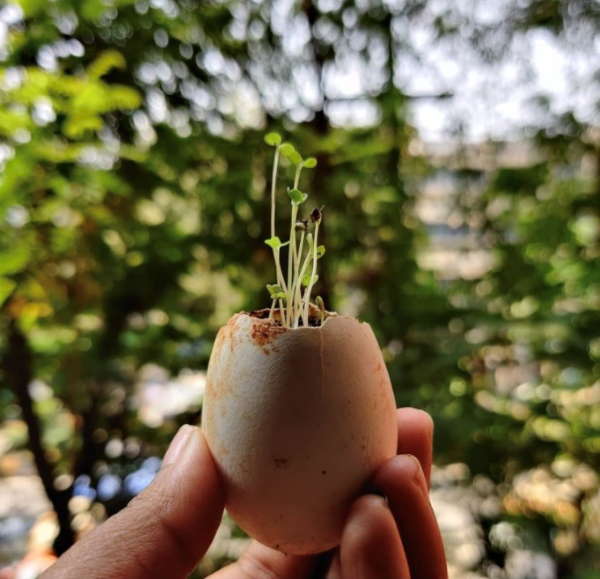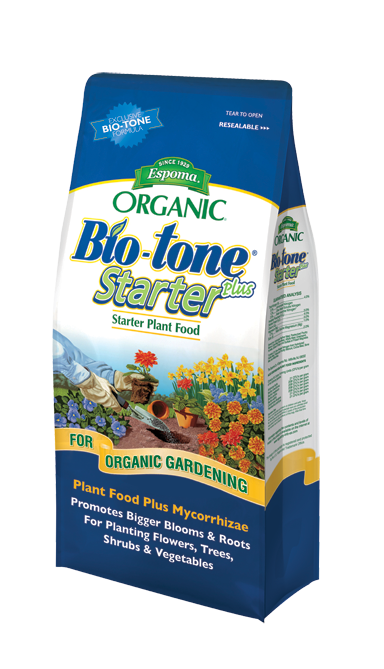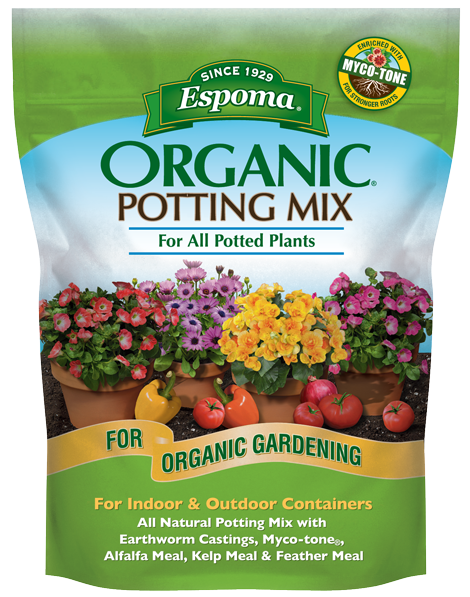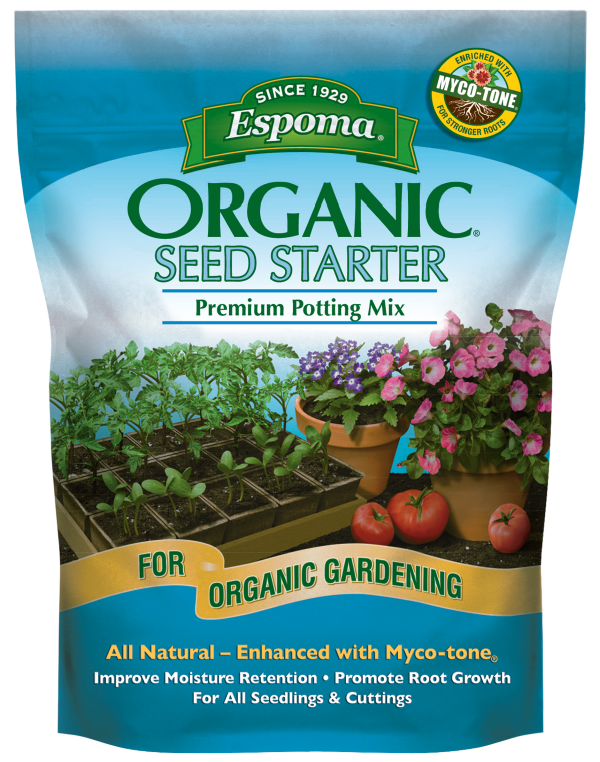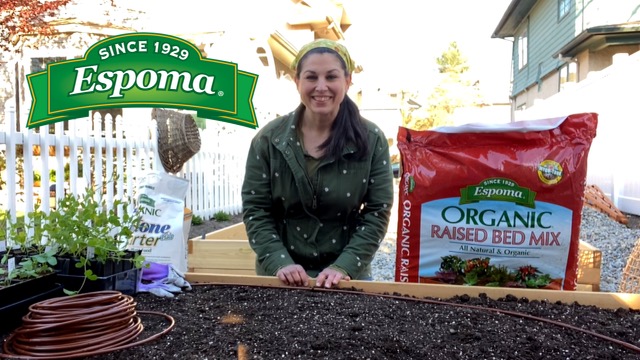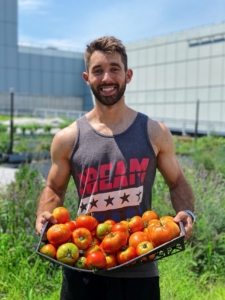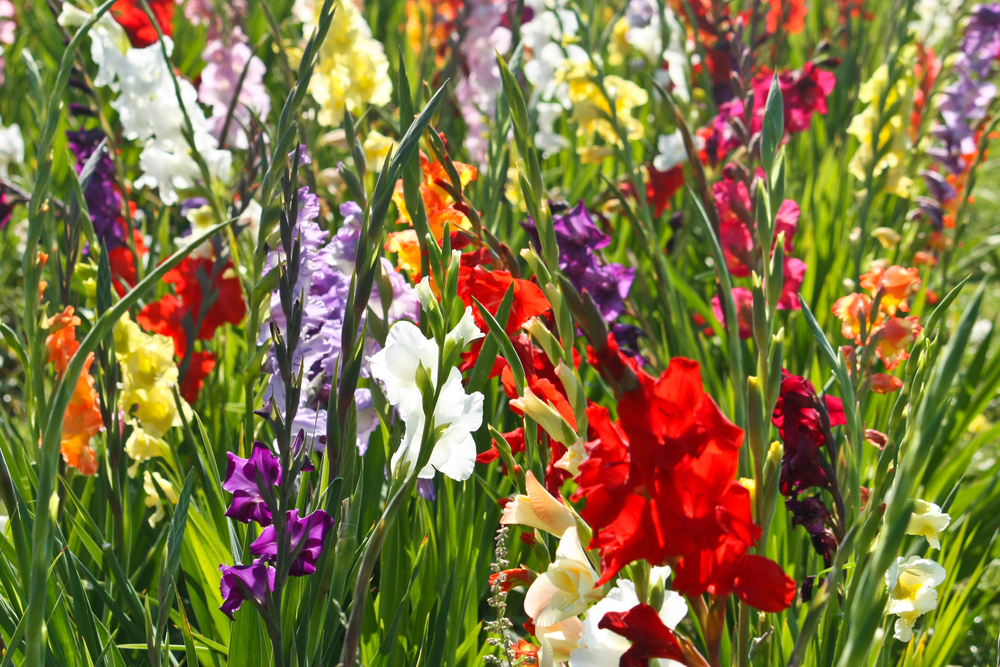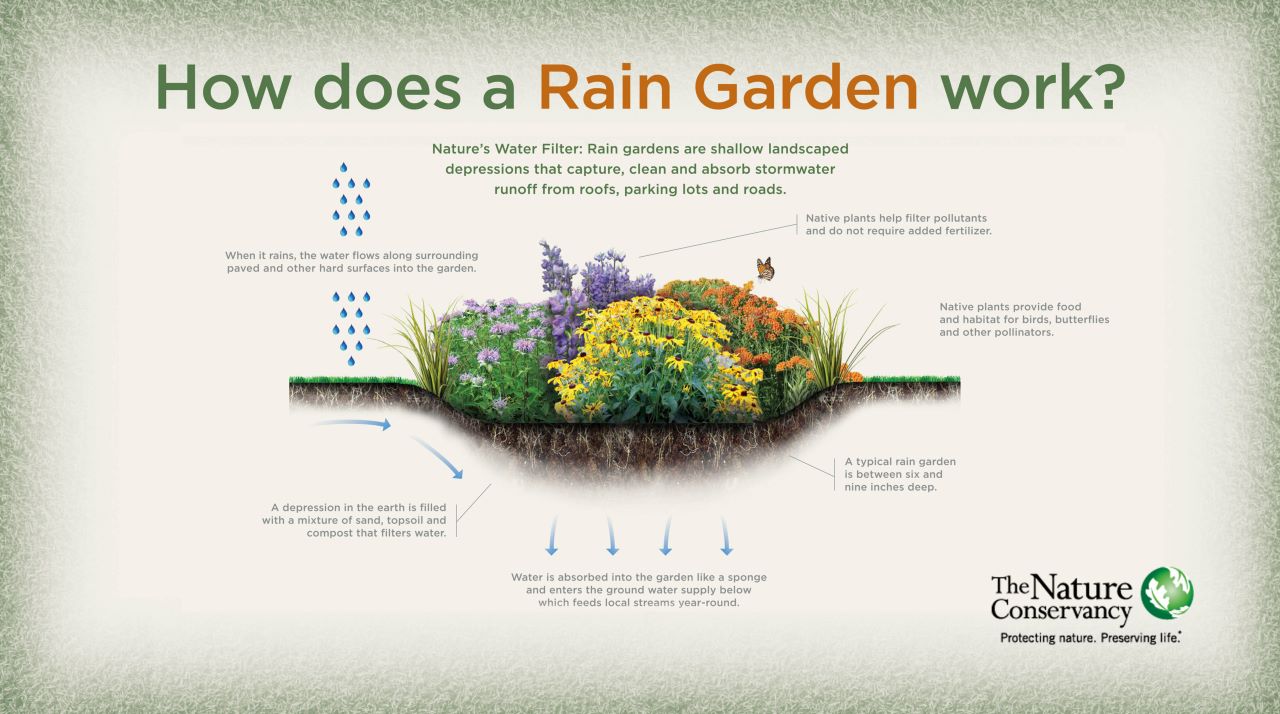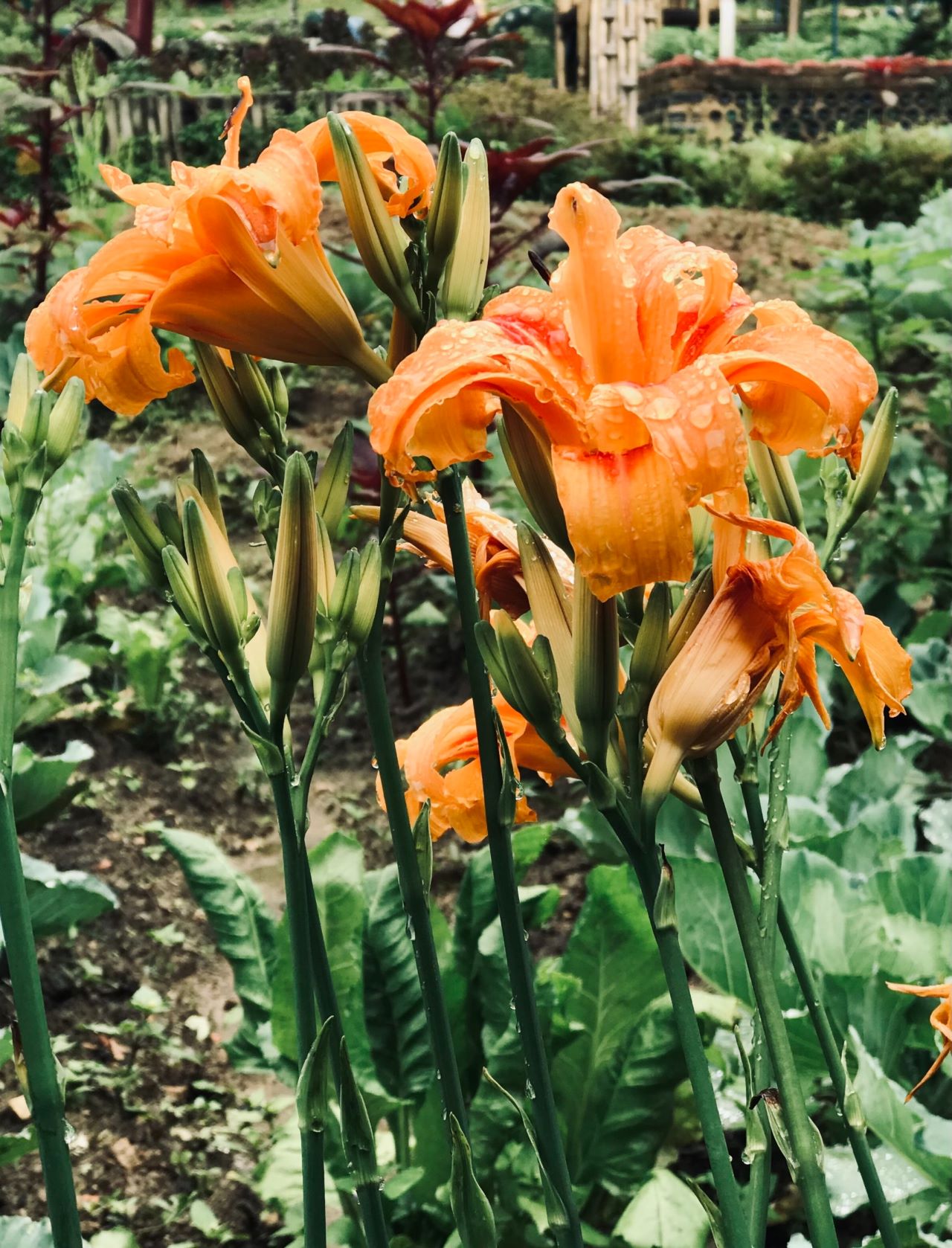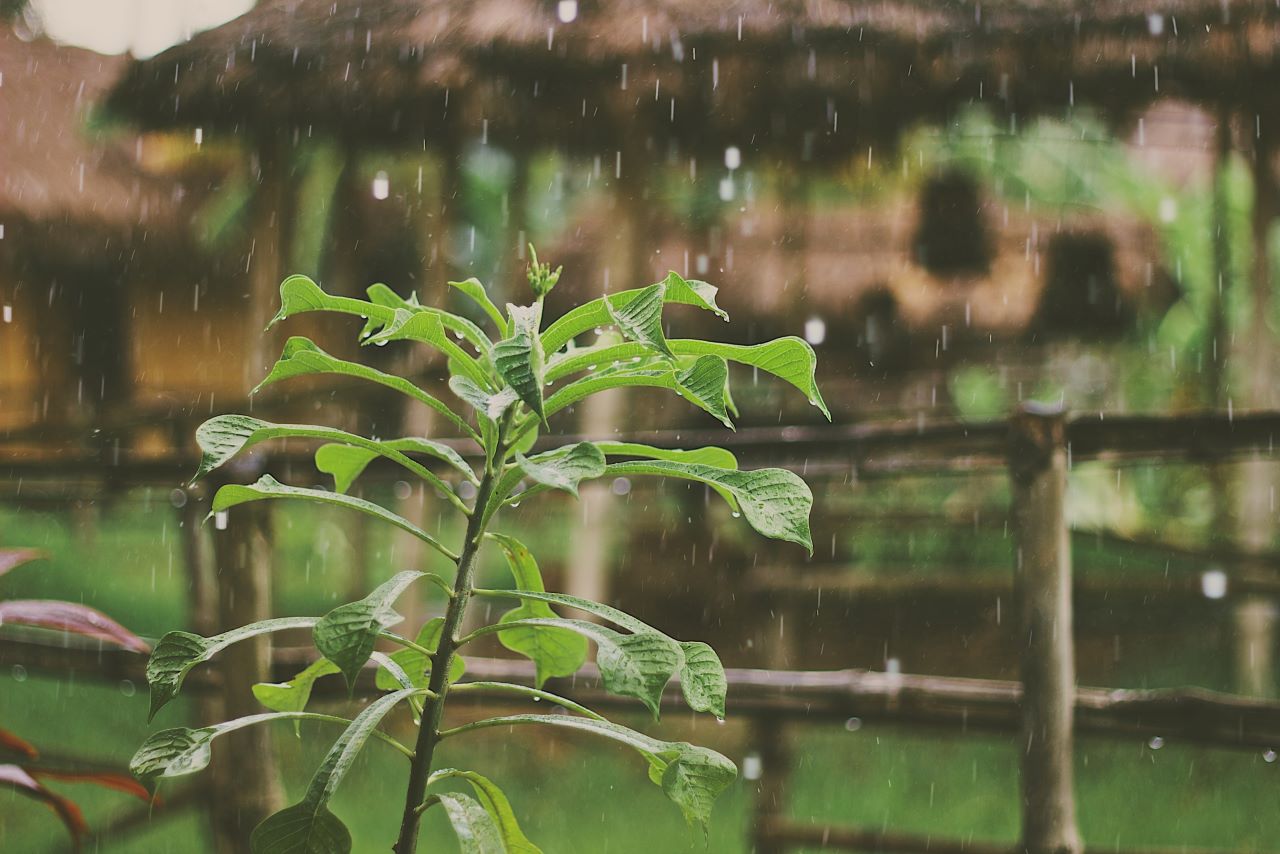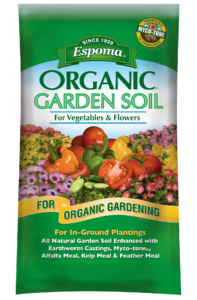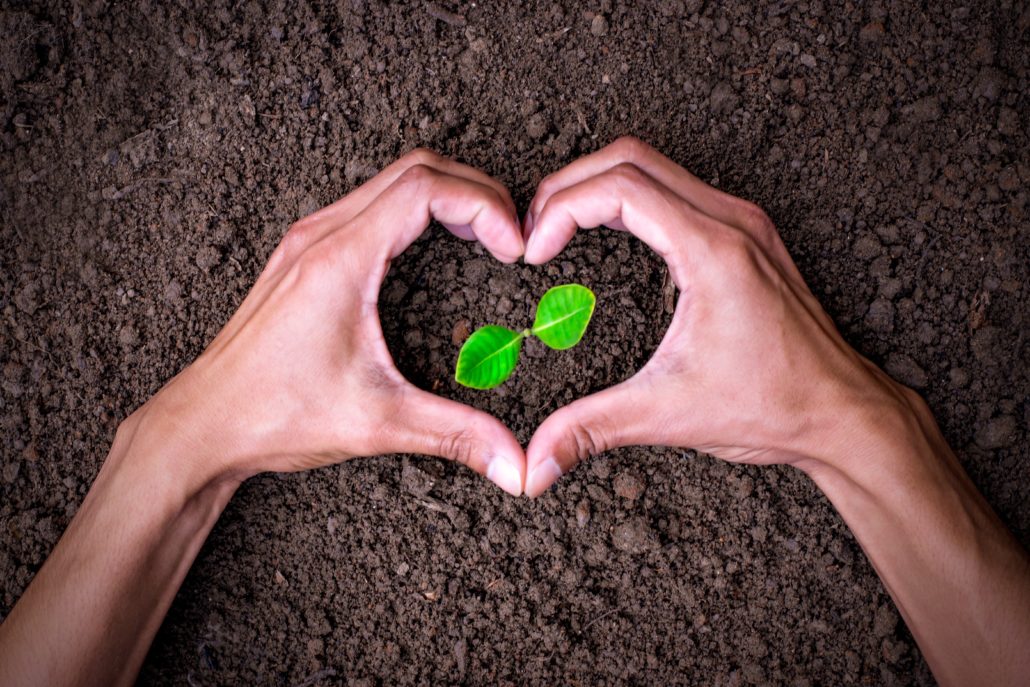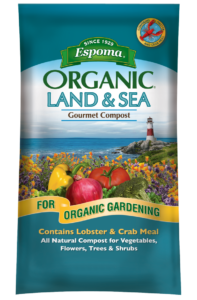https://www.espoma.com/wp-content/uploads/2022/03/thumbnail.jpg
1080
1920
espoma
https://www.espoma.com/wp-content/uploads/2023/05/espoma-logo340w-1.png
espoma2022-03-29 09:27:052022-03-29 09:33:59Video: Planting Spring Shrubs!
Video: Planting Moss Containers for Spring
/in Espoma Videos, Flowers, Garden Answer, Gardening Projects, Spring GardeningTake a look at how Laura from @GardenAnswer plants spring moss containers with the help of Espoma!
Featured:
Video: Moving Roses and Planting Boxwoods with Garden Answer
/in Blog, Garden Answer, Spring GardeningIt’s time for a little garden rearranging at the @Garden Answer household. Follow along to find out which Espoma products help get the job done!
Featured Product:
Seed Starter Tips for a Successful Spring Harvest
/in Blog, Gardening, Spring Gardening
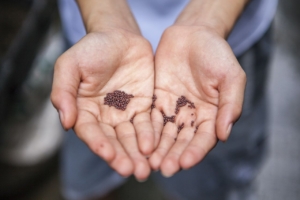
With the arrival of spring just around the corner, it’s time to learn how you can properly prepare your seeds for the best outcome possible! Seed starting is most commonly used by flower and vegetable farmers to get the best variety of plants while saving time and money. By allowing the seeds to germinate inside before transferring them to your outside garden, there is a greater chance of a successful outcome. Read more to learn how to get started!
Photo via @rebeccamaterasso on Instagram
1. Read the Packet
Seed starting allows you to get a head start on your warm weather gardening. When you purchase your desired seeds, the packet will instruct you when you can start your plants indoors and when you must move them outside. If you’re still unsure about specifics, you can double check with Epic Gardening’s guide to seed starting methods. Make sure to only start a project that is achievable within your space!
Photo via @jazzybutterflygarden on Instagram
2. Gather Your Supplies
You can develop a seed starter in any type of container that has drainage (some people even use egg shells!), but there are also kits that can be purchased to help you start. Once you have your seed starter tray, you’re going to need soil. We recommend our Organic Seed Starter Potting Mix.
Photo via @jeradtb on Instagram
3. Plant Your Seeds
Once the starter soil is in the container, the seeds will be pressed down into the soil or placed on top to be able to germinate (the seed packet should indicate how far under the soil the seed needs to be placed). You want to make sure that your seeds aren’t too compact in the tray, so be sure to add Vermiculite to help with loosening heavy soil for better root growth. If you’re a visual learner, check out this step-by-step video!
Photo via @sowinginsuburbia on Instagram
4. Label Your Seeds
You want to make sure that all of the seeds get labeled during the starter process so that you can identify them when it’s time to move them outside. Once the plants develop, it can be difficult to tell them apart while you transfer them. When you’re ready to move them, be sure to add our Bio-tone Starter Plus to the soil to help your new plants stay strong during the transfer process.
Photo via @living.life.zerowaste on Instagram
5. Double Check Everything
Ensure you know which types of seeds can be started indoors and when the correct time will be to relocate them outdoors. It’s important to always read the instructions as different seeds may require different care. For example, vegetable seeds have different care than flower seeds! Consulting The Old Farmer’s Almanac can help you figure out what’s best for your seeds if you’re still unsure.
Featured Products:
Gardening Resolutions with Team Espoma
/in Blog, Gardening, Spring GardeningHere at Espoma, we’re constantly making plans and growing. But the new year is always a good time to slow down and decide on your most important intentions for the next round of seasons. That’s why we got in touch with some of our hardworking team members and partners to find out what their 2021 gardening goals look like. Read on if you’re looking for some inspiration for your own resolutions!
Lauren Boissonnault, How’s It Growing NJ, Brand Ambassador
2020 was a wonderful year to get a ton accomplished in the garden! I think we can all agree that our gardens were our safe space, escape, and motivation to get outside. It really helped me keep my sanity intact this year. Creating something beautiful and watching it grow and flourish was a blessing — I think that is really the best takeaway.
We spent some of the year revamping our driveway and installing raised veggie beds, which I enjoyed so much. I grew veggies I would have never had the space to try, and I have garlic tucked in right now looking wonderful. We have lots of plans for that space in 2021.
As I look out upon my garden covered with a beautiful blanket of snow, I’m now wishing I got all of those spring bulbs in the ground! I do this every year, and every time I promise myself that I will have bulbs planted before our Christmas tree goes up. But being a mom of two little ones and a web developer limits my time that I can spend playing in the dirt. This year, I promise to get them planted before I hear sleigh bells ring. It’s better late than never because that spring display is so worth it. If you can get a shovel in the ground, it is not too late to plant bulbs — trust me!
Another thing I’d like to challenge myself to do this year is to plant more from seeds. I buy lots of petunias every year, so I hope growing them from seeds will help save money. Lastly, I’d like to add a small greenhouse or revamp our existing potting shed into one. My 2021 will be filled with greenhouse goals, seed-grown gardens, and bulbs planted by November. I trust you to hold me to it!
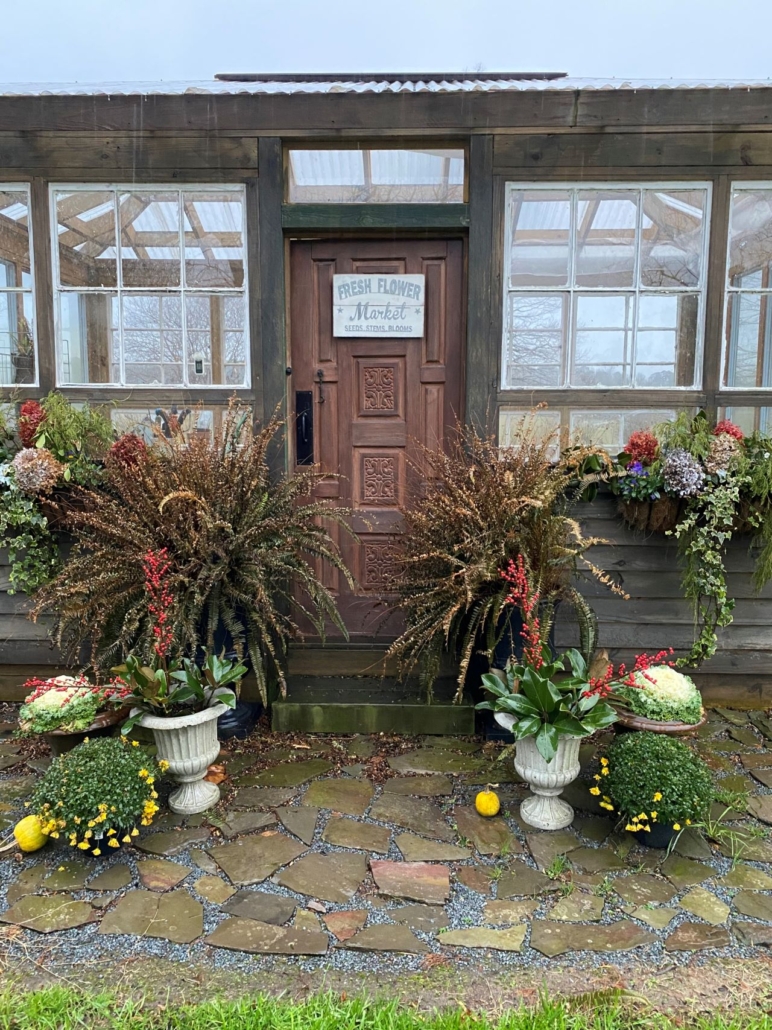 Satterthwaite, Espoma Organic, Territory Sales Manager
Satterthwaite, Espoma Organic, Territory Sales Manager
This year will be all about leaf mulching for me! It’s a technique that I’ve been looking to learn more about, and I hope to finally master it in 2021. I think once I get the hang of it, it’ll make my overall garden maintenance much easier. I’m also going to make things easier for myself by removing some of my rose bushes as they’re too labor-intensive and I’m just not loving them anymore.
Some other things that won’t make the cut this year are many of the different types of annuals I normally have. Instead, I plan to select a few stellar performers and mass them. Given all the fabulous garden centers I get to visit throughout the spring on behalf of Espoma, picking just a few may be the most difficult resolution on my list.
I think these changes will be worth it, since I genuinely find every part of gardening to be so much fun — and I’d like to keep it that way! I think it’s important not to overexert yourself in your horticulture hobby. I plan to end my long days of work with a nice glass of wine and a stroll around the garden — and maybe pluck just one or two more weeds.
Nick Cutsumpas, Farmer Nick NYC, Influencer
This year I am focusing on drought-tolerant plants that can also handle intense summer temperatures. I just moved to LA, which means I’m still adapting to a warm and dry climate. It’s much different than the wet and cool climate in NYC, and learning this new plant palette will be an exciting challenge.
I also want to grow more flowers in 2021. I grow a ton of sunflower varieties, but I want to expand the diversity a bit and introduce new colors that will attract more pollinators to the garden. My garden has traditionally been green, yellow, and orange, but it’s time to throw in reds, blues and pinks into the mix.
Something else I’d like to incorporate this year is bottom watering. It’s a great technique to keep the top of your soil dry and allow the plant the drink at its own pace. Plus you will avoid annoying pests like fungus gnats which love the moist soil!
My biggest project I’ll be focusing on is building an edible rooftop for my new home. LA is water-deprived, so instituting a sustainable ecosystem for pollinators, drought-tolerant species, and native plants will be vital!
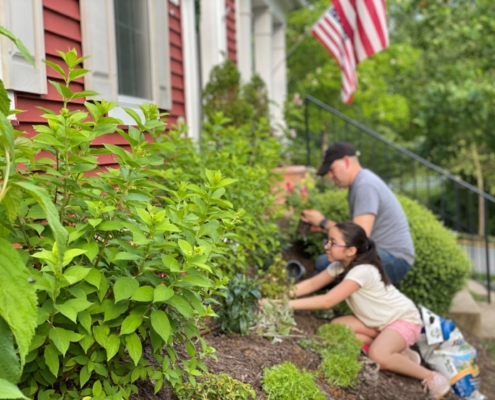
Ambrose & Angie Salazar, Garden Obsessions, Brand Ambassador
This year, we plan to have fun in the garden by continuing to include the whole family. Considering how 2020 has been — including our kids having to do school at home — we feel it can be just as much of a stress reliever for children as it is for adults.
Gardening with the family is not only a way to relax, but it’s also a big educational opportunity that gives a sense of ownership and responsibility. Learning to work in a small space garden helps our family grow as gardeners, keep an open mind to new gardening methods, and learn how to face these challenges in the future. In 2020, we took on landscaping a slope and felt a big sense of accomplishment with the end results.
Something we have in mind for 2021 is to include some of our neighbors with our gardening. We plan to put together some basic containers for them to enjoy at their home. With more people getting interested in plants and gardening in 2020, we feel that this would be a perfect opportunity to put a smile on other faces!
Our biggest focus this year is welcoming nature into the garden and educating others on how important it is to have plants that attract pollinators.
We’re feeling pretty inspired by these 2021 resolutions! Here’s to a year of growing and blooming alongside our plants. Have you decided on your gardening goals for this year? We’d love to hear them!
Perlite vs. Vermiculite
/in Espoma Videos, Flowers, Fruits & Vegetables, Spring GardeningPerlite or Vermiculite? How do you choose which one to use?
For Drainage and Aeration: Choose perlite
For Water Retention: Choose vermiculite
In this video, Laura from Garden Answer breaks down when to use which.
- Great for or Seed Starting or blending a custom potting mix
- Helps loosen heavy soils and prevents compaction
- White granular particles contain about 6% water
- Neutral pH
- Holds nutrients and 3-4 times it’s weight in water
- Clean, odorless, sterile and non-toxic
- Will not rot or mold
- Lightweight substitute for sand
- Can float to the top of potted plants due to its light weight
Vermiculite
- Great for or Seed Starting or blending a custom potting mix
- Helps loosen heavy soils and prevents compaction
- Retains moisture and plant nutrients
- Mixes well with soil
- Clean, sterile, odorless, non-toxic
Are You Ready To Plant?
/in Spring GardeningYou’ve waited all winter, and spring is so close! It’s just about time to start sowing early spring crops.
You can sow cool season crops directly in the ground as soon as the soil temperature is at or above 40ºF. If the soil is wet and muddy, you’ll want to wait a few days until things dry out. Working wet soil can ruin its structure. Some people use polythene tunnels to warm the soil and give them an even bigger head start.
While you sow, don’t forget to feed your soil. Use Espoma Organic’s Garden-Tone, it is perfectly formulated for your vegetable garden.
Here are our top vegetables for early spring:
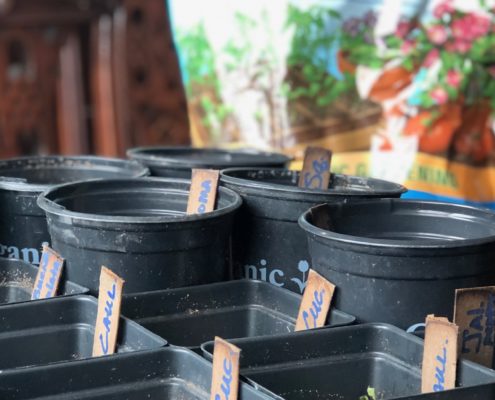
Spinach
Spinach sprouts fairly quickly and is remarkably frost resistant, especially when grown under cover. Plants like the morning sun and are happy to have some afternoon shade. Fresh baby spinach is tasty and loaded with vitamins and minerals. Try a springtime salad with spinach and strawberries or put them in your favorite breakfast smoothie.
Swiss Chard
This beet relative is another excellent early spring crop that is easy to grow from seed. Once the leaves are 6 inches tall, you can begin to harvest the outer leaves. Let inner leaves stand for a later harvest. Chard contains 3 times the recommended daily intake of vitamin K and 44 percent of the recommended amount of vitamin A. Eat it raw or cooked.
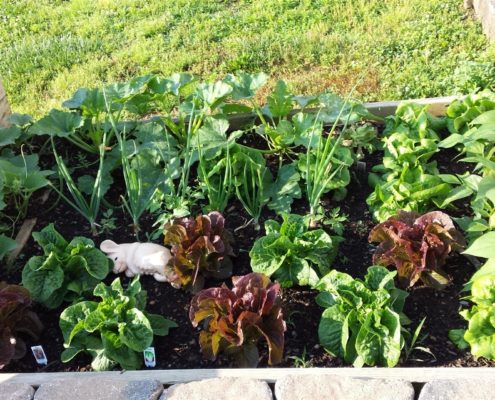
Lettuce
There are hundreds of different kinds of lettuce; they come in all colors, shapes and sizes. Harvesting baby greens is quick and easy. Look for varieties you can cut back that will regrow. Many can be harvested in just 30 days. They won’t flourish during cold snaps, but they won’t die unless temperatures dip below 28ºF.
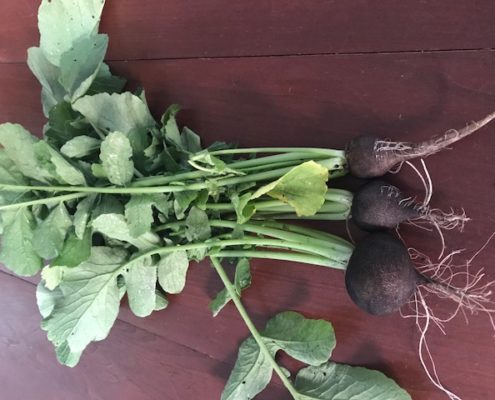
Radishes
Radishes are one of the fastest vegetables you can grow. They’re fun to grow with little ones because they come up before you know it. You can plant radishes alongside lettuce or other spring greens. As you harvest the radishes, the greens have more room to grow. Use them as an addition to salads and tacos or roast them for a delicious treat.
Kale
We all know kale is a super food — cooked kale delivers more iron than beef. Lucky for us it grows easily from seed. Harvest the outer leaves for baby kale and let the rest of the foliage grow to full size. It can produce a great deal of food with little effort. Sow kale early and protect from hard frosts.
Peas
Fresh grown peas are so sweet and delicious, even your kids will love them. And, the seeds are big enough for little hands to plant them. Plant them in the ground around St. Patrick’s Day or 4 to 6 weeks before that last frost free date. Some varieties will need a low trellis. Check the seed packet to see how tall they’ll grow. Grow sugar snaps or snow peas if you don’t want to do all the shelling regular peas require.
Learn more about starting a kid friendly vegetable garden.
Products
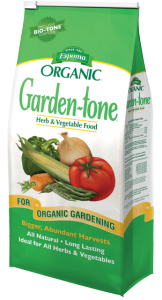
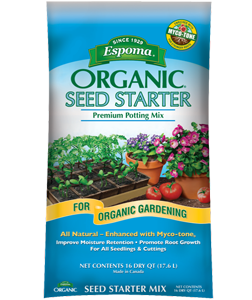
Get Easy Blooms with Spring Planted Bulbs
/in Spring GardeningSpring-planted bulbs will burst with beautiful blooms that are perfect for bouquets and make a statement with little effort. For the best flower show, we recommend planting plenty of bulbs.
If it’s about 60°F and you’re ready to plant your tomatoes outside, then it’s warm enough to plant summer bulbs. If your days are still cold, start your bulbs indoors in pots. Then, move them to the garden when the weather improves. Or, leave them in the pots to liven up porches and patios.
Dahlias, canna lilies, begonias and gladiolus all make great additions to yards. Head to your local garden center to find out which spring flowering bulbs are best for your region.
Plant Summer Bulbs in 6 Simple Steps:
1. Visit your local garden center to choose your bulbs.
2. Select where you want to plant your bulbs so they’ll get the right amount of sun. Choose a place where they won’t be accidentally dug up, such as under a tree, in a lawn or in a perennial bed.
3. Plant bulbs using a spade or bulb planter in well-drained soil to the depth indicated on the package. Some bulbs, like dahlias, need to be planted deeper.
4. Sprinkle Espoma Organic’s Bulb-tone in the hole and place your bulb.
5. Replace the soil, gently pressing it down and water your newly planted bulbs.
6. Cover bulbs with a layer of mulch to keep moisture in and weeds out.
Once your bulbs have bloomed, remove the faded flowers but leave the foliage. They bulbs will use it to store energy for next year.
Are your spring bulbs spent? Watch how Garden Answer cares for tulips after they’ve bloomed.
Rain, Rain, Come My Way
/in Blog, Spring GardeningApril showers bring May flowers. The old saying is true. April is full of rain, but there’s no reason you can’t have flowers before May.
During rainstorms, water gushes out of downspouts, across lawns and gardens. It has a tendency to accumulate in one place and can overwater or even flood a garden. Excessive rain saturates soil, suffocates roots, breaks plants and attracts pests.
However, when you’ve strategically planted for rain, gushing downspouts are no longer a problem. A rain garden is a garden that uses water-loving plants, with strong roots. It helps use rain where it lands instead of letting it run-off into streams, lakes and rivers.
5 Steps for Building a Rain Garden
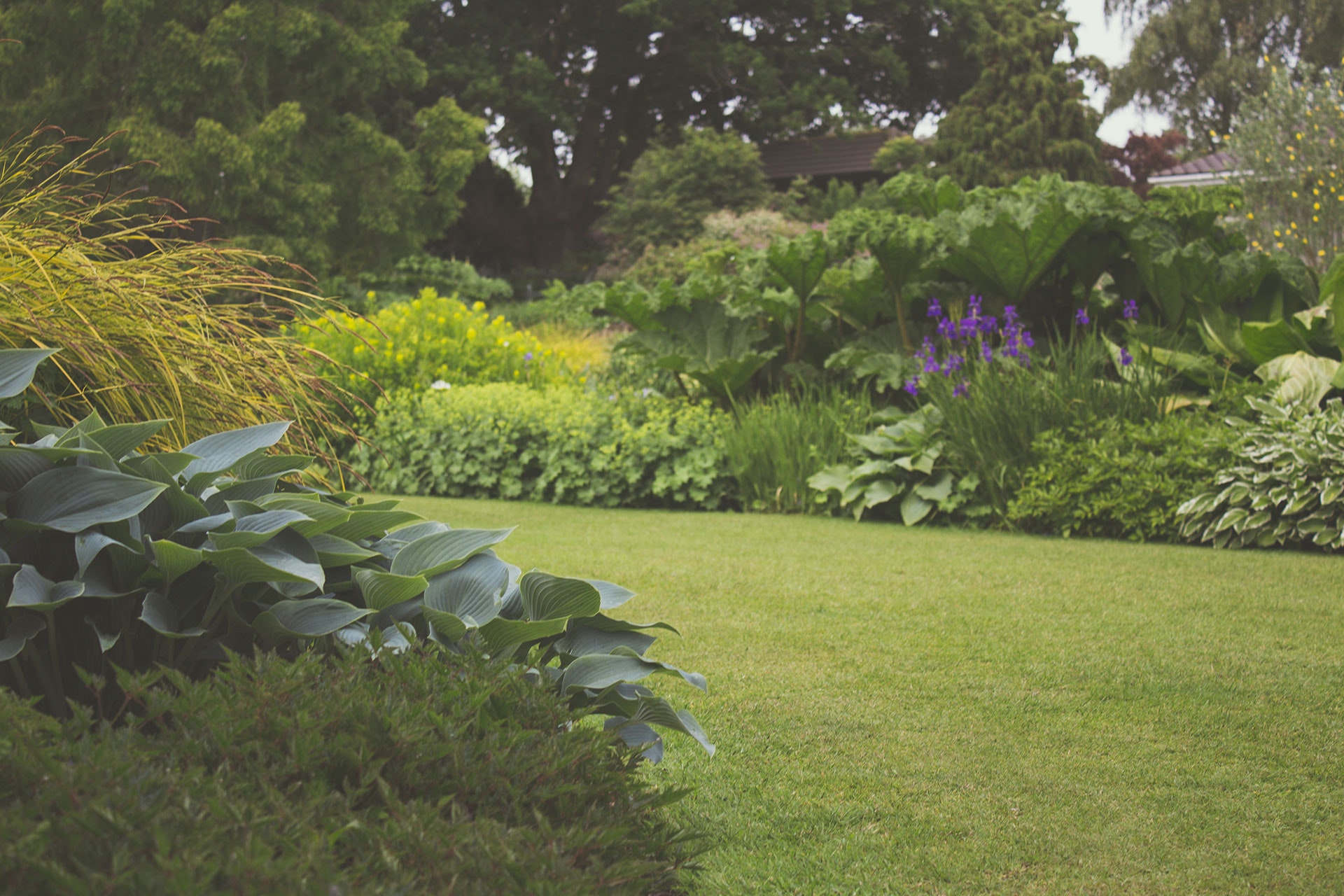
1. Choose your location
Measure out at least 10 feet from your home. Keep your new garden away from septic systems. Find somewhere with a natural downgrade, away from the house, if possible. If your garden is level, then find a place where soil is already absorbing water easily. Stay away from soil that holds moisture for an extended period of time.
2. Create a design
Measure the size and shape of the area. Once you determine what you are working with, you can begin planning what to plant. Plan out what looks best to the eye first, while keeping in mind the plants that do best with wet feet should be in the middle.
3. Choose your plants
Since each region gets a different amount of rainfall, native plants tend to do best. You will want plants that do well in wet and dry conditions. Rainfall will add up occasionally over the year, but the soil can dry out in the warmer months. Choose plants that don’t mind having wet roots for extended periods of time such as blue fescue grass, daylilies, elderberry and tupelo trees. Look for water-resistant natives such as black chokeberry, meadowsweet shrubs, Joe-Pye weed, Colorado blue spruce, bayberry, ferns and winterberry. Check out your local garden center for tips on the best plants for your region.
4. Prepare the soil
As all gardeners know, it starts with the soil. Good drainage is key to prevent water from sitting. If your soil needs a fresh start, or to be amended, add Espoma’s Garden Soil to help set your rain garden up for success. Further improve drainage by using pervious surfaces, edging puddles and creating paths through low-lying areas with sand or stones.
5. Get ready for rain
It’s time to plant! Get your plants in the ground and watered in to stabilize them. Water every other day for two weeks to get it ready for a heavy rainfall and watch your garden grow!
Planning your rain garden will keep your garden running smoothly.
*****
Featured Products:
Spring Cleaning for Your Garden
/in Blog, Spring GardeningSpring has arrived! Nothing beats walking outdoors to the sunshine and a beautiful landscape. Now is the time to give your lawn and landscape the TLC it needs. After winter, plants might be in rough shape. Don’t worry, your garden will be back up and running in no time!
From weeding to fertilizing, there’s always something to do when spring rolls around.
When updating your landscape, there may be a few things you need to pick up. Head to your local garden center to find everything you need.
5 Ways to Spruce Up Your Spring Landscape:
Prune
Trim back trees or shrubs that need a little push. It’s best to do this early, before new shoots start to come in. Be sure to carefully remove branches and flowers that have been damaged by the winter storms. You don’t want the branch doing more damage later on.
Soil
Prepare your soil for new growth and new plantings. Sometimes that means getting all new soil like Espoma’s Organic Garden Soil or it could mean freshening up the soil you have by adding Espoma’s Organic Bio-Tone Starter Plus.
Plan
Evaluate your garden. Take the mature size of your plants into account. What holes do you have? If any of your plants need to be caged or staked, planning now will allow you to plant around it without disturbing your growing seedlings later on. Plus it will set top-heavy plants up for success, especially tomatoes, which bend easily.
Fix Uneven Ground
Rain, wind, and snow can wreak havoc on your landscape. When the ground is wet and people walk through it can even cause compaction, which makes for poor growing conditions. But with a little love, it will be ready to host your gorgeous garden once again.
Mulch
After planting, provide beds with a fresh layer of mulch. Mulching is the perfect way to get your garden off to a great start. Not only does it help settle in the roots, but it will provide warmth, hold in moisture, suppress weeds, encourage growth, and make your beds look all around beautiful.
*****
Check out the video below from Wyse Guide for some great gardening inspiration!
Featured Products:

